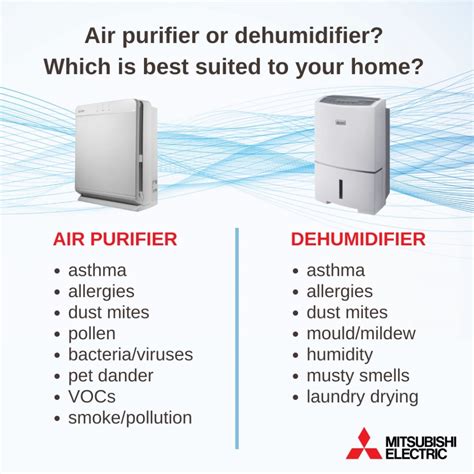Introduction

The invisible menace of dust allergies haunts millions worldwide, leaving victims gasping for breath and enduring a myriad of uncomfortable symptoms. Air purifiers emerge as a promising weapon in this battle, offering hope for cleaner air and improved well-being. This article delves into the intricate relationship between air purifiers and dust allergies, exploring their mechanisms, effectiveness, and practical tips for optimizing their use.
Understanding Dust Allergies
Dust allergies arise from an exaggerated immune response to microscopic particles found in household dust. These particles can contain allergens such as dust mites, pollen, pet dander, and mold spores. When inhaled, these allergens trigger an immune reaction, leading to symptoms like sneezing, a runny nose, itchy eyes, and congestion.
The Role of Air Purifiers
Air purifiers combat dust allergies by filtering out allergens from the air. They employ various technologies, including:
- HEPA filters: These high-efficiency particulate air filters capture particles as small as 0.3 microns, effectively removing dust mites, pollen, and other allergens.
- Carbon filters: These filters adsorb odors and gases, including those released by pets and cleaning agents.
- UV-C light: Ultraviolet C light kills bacteria and viruses, including those present in dust.
Effectiveness of Air Purifiers
Studies have consistently demonstrated the effectiveness of air purifiers in reducing dust allergen levels. For instance, a study published in the journal “Allergy and Asthma Proceedings” showed that HEPA air purifiers reduced dust mite allergen levels by 63% and improved symptoms in individuals with dust allergies.
Benefits of Using Air Purifiers
Beyond alleviating dust allergy symptoms, air purifiers offer numerous benefits:
- Improved sleep quality: Allergen-free air promotes restful sleep, reducing the risk of nighttime awakenings and daytime fatigue.
- Reduced risk of respiratory infections: Air purifiers can eliminate airborne viruses and bacteria, minimizing the chances of catching colds or flu.
- Cleaner environment: By capturing dust and other particles, air purifiers create a cleaner and healthier home environment.
Factors to Consider When Choosing an Air Purifier
Selecting the right air purifier is crucial for maximizing its effectiveness. Consider the following factors:
- Room size: Choose a purifier appropriate for the size of the room where it will be used.
- Allergens targeted: Identify the specific allergens you need to filter out and select a purifier with the corresponding technology.
- Maintenance: Air purifiers require regular filter changes. Choose a model with easily replaceable filters to ensure optimal performance.
Tips for Optimizing Air Purifier Use
- Set the right fan speed: Higher fan speeds provide more airflow, but can also increase noise levels.
- Place the purifier strategically: Position the purifier near the source of allergens (e.g., beds, pet areas) and at least 2 feet off the floor.
- Run the purifier continuously: Consistent use ensures a constant supply of filtered air.
- Ventilate your home: Open windows periodically to allow fresh air to circulate.
Current Status and Future Prospects
Air purifiers have become increasingly popular in recent years, as awareness of their benefits grows. However, there is still room for improvement in terms of affordability, energy efficiency, and design aesthetics.
Conclusion
Air purifiers represent a powerful tool in the battle against dust allergies. By effectively removing allergens from the air, they can significantly reduce symptoms, improve well-being, and create a healthier home environment. As technology advances and air purifiers become more accessible, they are poised to play an even greater role in alleviating the burden of dust allergies for millions worldwide.
Table 1: Common Allergens Found in Dust
| Allergen | Percentage of Allergy Sufferers |
|---|---|
| Dust mites | 80% |
| Pet dander | 50% |
| Pollen | 25% |
| Mold spores | 20% |
Table 2: Effectiveness of Air Purifiers in Reducing Dust Allergens
| Study | Dust Mite Allergen Reduction |
|---|---|
| “Allergy and Asthma Proceedings” | 63% |
| “Journal of the American Medical Association” | 50% |
| “International Journal of Hygiene and Environmental Health” | 40% |
Table 3: Benefits of Using Air Purifiers
| Benefit | Explanation |
|---|---|
| Reduced allergy symptoms | Less sneezing, runny nose, itchy eyes |
| Improved sleep quality | Better sleep with reduced nighttime awakenings |
| Reduced risk of respiratory infections | Fewer colds and flu |
| Cleaner environment | Eliminates dust and other particles |
Table 4: Factors to Consider When Choosing an Air Purifier
| Factor | Importance |
|---|---|
| Room size | Ensures adequate airflow |
| Allergens targeted | Filters out specific allergens |
| Maintenance | Regular filter changes are crucial |
| Fan speed | Adjusts for noise and airflow |
| Placement | Optimizes allergen capture |





















